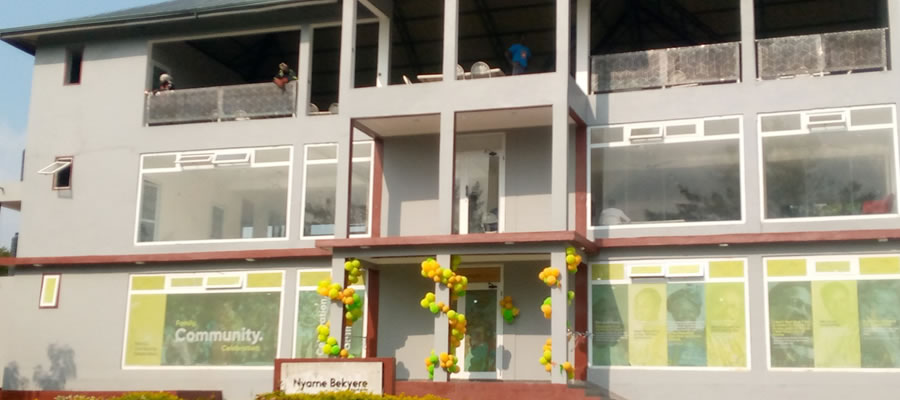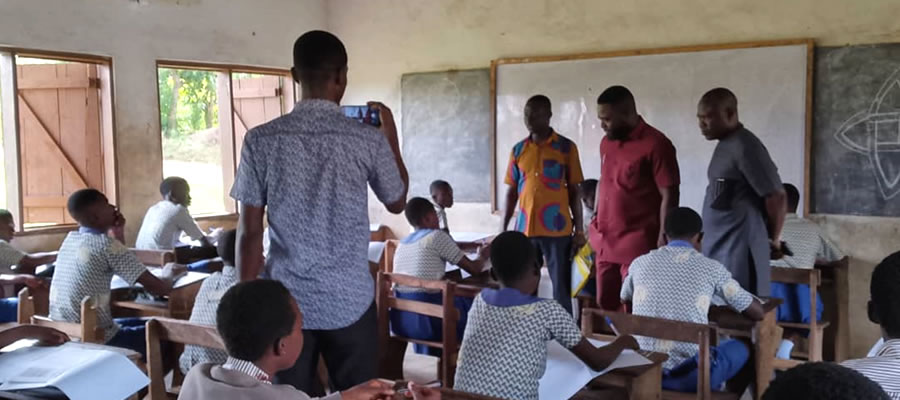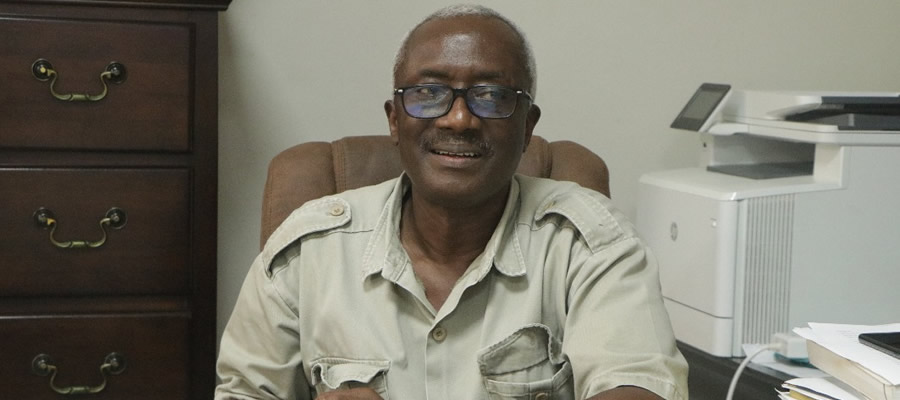

Location and size
The municipal area is located in the south-eastern part of the Eastern Region and is about 58 km from Accra, the capital city of Ghana. The Akwapem North Municipal shares boundaries to the northeast with Yilo Krobo, north with New Jauben Municipal, southeast with Dangbe West, southwest with Akwapem South District, and in the west with Suhum-Kraboa-Coaltar District. The District covers a land area of about 450 sq. km representing 2.3percent of the total area of the Eastern Region. The Akwapem North Municipal has about 230 settlements.
Climate and vegetation
The area experiences tropical rainfall pattern and wet semi-equatorial climate with maximum rainfall occurring between May and August and minimum between September and November. The mean rainfall is estimated to be in the range of 1250mm and 1270mm. Mean temperatures fall between 20?C and 24?C with day time temperatures ranging between 25?C and 30?C and night temperatures ranging between 13?C and 24?C Thus, temperatures are mostly lower in the night. The dry season is from December to February when it is also dry while the wet season is from March to October.
Vegetation is semi-broken forest with shrub and bush. There are two major forest reserves, and a lot of forest patches and sacred groves scattered all over the Municipal. The forest reserves are rich in various species such as ebony, odom, sapele and sanfram, among other rear timber species.
Topography and drainage
The topography of the municipal is largely characterized by one main hill range called the Akwapem Range with heights ranging between 381 metres and 488 metres and its highest peak reaching 500 metres and situated at Amanokrom closer to a natural water tank. Its lowest point is approximately, 152 metres. The rivers Brump, Ponpon and Aponapong and their tributaries form the main drainage system in the Larteh-Mampong geographical area while the Aboabo, Nsaki and Yensi streams drain the North-west areas of the municipal’s landscape.
Date Created : 12/13/2017 1:39:04 AM













 facebook
facebook
 twitter
twitter
 Youtube
Youtube
 +233 593 831 280
+233 593 831 280 0800 430 430
0800 430 430 GPS: GE-231-4383
GPS: GE-231-4383 info@ghanadistricts.com
info@ghanadistricts.com Box GP1044, Accra, Ghana
Box GP1044, Accra, Ghana